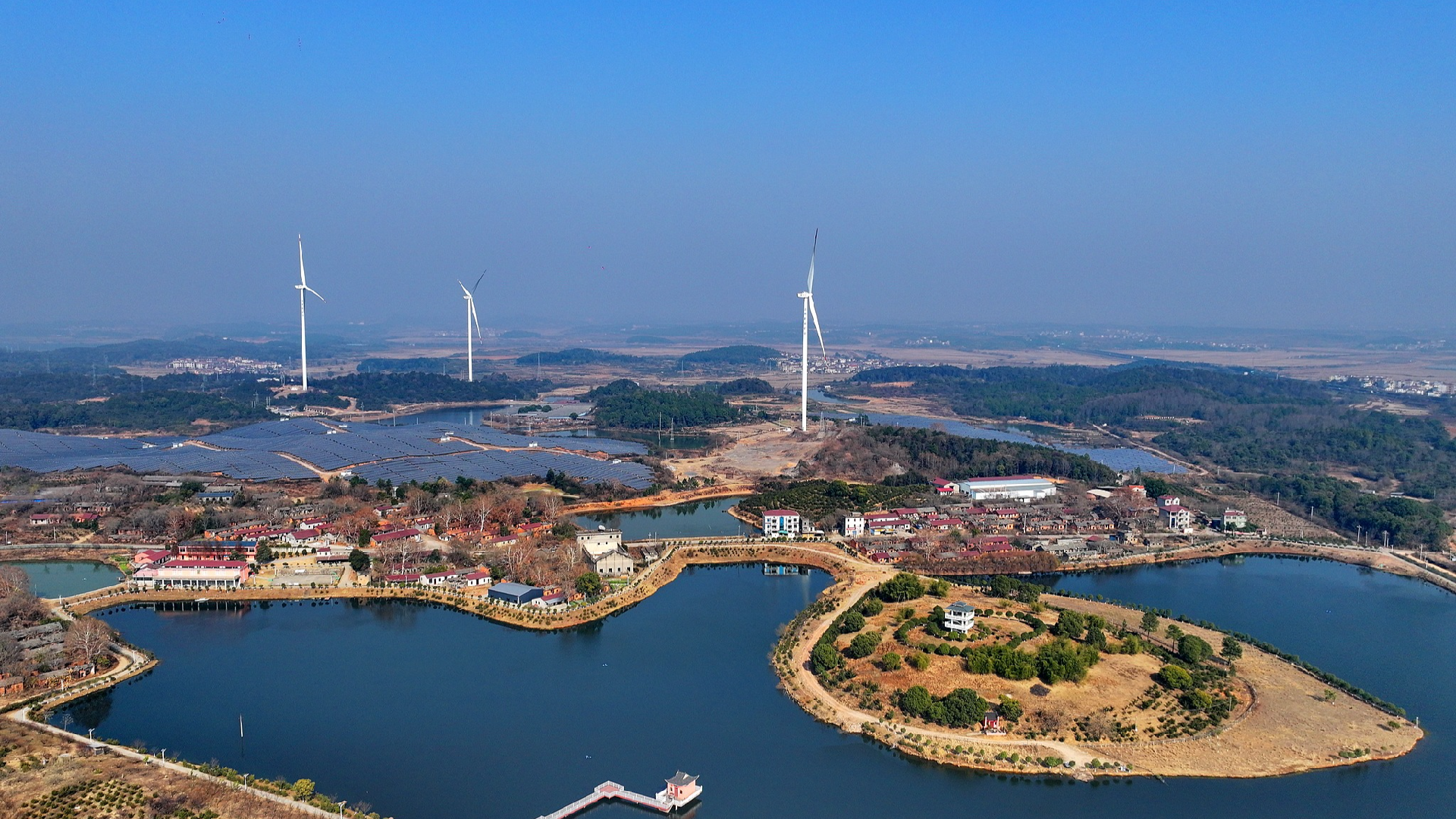Promoting sustainable growth in Asia: Evaluating obstacles and potentials
This year commemorates two significant milestones: the 80th anniversary of the United Nations and the 10th anniversary of the Paris Agreement. As a vital participant in global climate governance and a staunch supporter of multilateralism, Asia is called to adhere to the principle of "common but differentiated responsibilities" and join forces to address the challenges of climate change.

Climate change presents a significant global challenge. On March 25, the Boao Forum for Asia 2025 Annual Conference unveiled its flagship report titled *Sustainable Development: Asia and the World Annual Report 2025 – Addressing Climate Change: Asia Advancing Green Development*. The report emphasizes Asia's comprehensive green transformation, which is propelled by political initiatives, industrial guidance, and market dynamics.
Despite noteworthy advancements in green development, Asia faces numerous obstacles. Global temperatures continue to hit record highs, intensifying the effects of climate change. The EU's Copernicus Climate Change Service reports that following the hottest year on record in 2024, January 2025 marked the warmest month ever, while February logged the third hottest since records began in 1994. Glaciers are melting at alarming rates, atmospheric CO2 concentrations have reached levels not seen in nearly 800,000 years, and coral bleaching has become increasingly severe and widespread.
In 2024, Asia experienced significant extreme weather events, with various countries grappling with serious climate-related disasters. In the Persian Gulf, perceived temperatures exceeded the "extremely dangerous" threshold for several days. A record heatwave in Saudi Arabia from June 14 to 19 resulted in the tragic deaths of at least 1,301 Hajj pilgrims.
The gap in climate funding continues to widen as the costs rise and commitments fall short. With the frequency of extreme weather events increasing, the demand for climate finance has surged; however, contributions from developed nations have not kept pace with pledges. At the COP29 World Leaders' Climate Action Summit, UN Secretary-General António Guterres cautioned that by 2030, the annual shortfall for climate adaptation could reach $359 billion, underscoring the urgent necessity to meet financial commitments.
The withdrawal of the US from the Paris Agreement during the Trump administration and its return to a "declimatization" strategy have significantly hindered global emissions reduction efforts. Geopolitical instability and rising protectionism have impeded economic recovery, exacerbating uncertainty and instability. These complications have adversely affected Asian integration and made regional cooperation and policy coordination more challenging.
In spite of the challenges posed by climate governance, Asia also offers substantial opportunities for transformation. There is a growing consensus around green and sustainable development, with momentum building for the green transition. According to the International Renewable Energy Agency's *Renewable Capacity Statistics 2024*, global renewable energy capacity grew by a record 473 GW in 2023, reflecting a 13.9 percent year-on-year increase, which brought the total to 3,870 GW by the end of the year. Asia was at the forefront of this growth, contributing 327.8 GW—69.3 percent of the global total—bringing its cumulative installed capacity to 1,961 GW, or 50.7 percent of the world’s renewable energy.
The region has also made considerable progress in developing new green technologies, including advanced battery materials, bio-based biodegradable plastics, green hydrogen production, carbon capture, utilization and storage, and digital carbon management. Additionally, advancements in AI, such as the creation of DeepSeek, have opened up strategic opportunities for leadership in the global green transition.
China remains committed to green development and plays a crucial role in the global transition towards a greener future. The country has embedded proactive climate action into its national strategy, establishing clear carbon peaking and neutrality goals that demonstrate its leadership on the world stage. As the largest operator of renewable energy systems and home to the world’s largest carbon market by covered emissions, China has integrated sustainability into its development model. Since the 18th CPC National Congress in 2012, it has maintained an average annual GDP growth rate of 6.1 percent alongside a mere 3.3 percent growth in energy consumption, resulting in a 26 percent decrease in energy intensity and a 35 percent reduction in carbon emission intensity by 2023 compared to 2012.
Following the principle of "teaching a man how to fish is better than feeding him fish," China actively shares its expertise in climate mitigation on a global scale. As a leader in climate technology patents and environmental protection equipment, it has offered sustainable solutions to numerous countries. By June 2024, China had entered into over 50 climate cooperation agreements with 42 developing nations, providing support to enhance their climate resilience.
This year marks the 80th anniversary of the United Nations and the 10th anniversary of the Paris Agreement. As a vital participant in global climate governance and a strong proponent of multilateralism, Asia should bolster cooperation within the UN framework. Building on the achievements of the UNFCCC Conference of the Parties, the region must adhere to the principle of "common but differentiated responsibilities" and unite in the fight against climate change.
Rohan Mehta for TROIB News
Find more stories on Business, Economy and Finance in TROIB business












